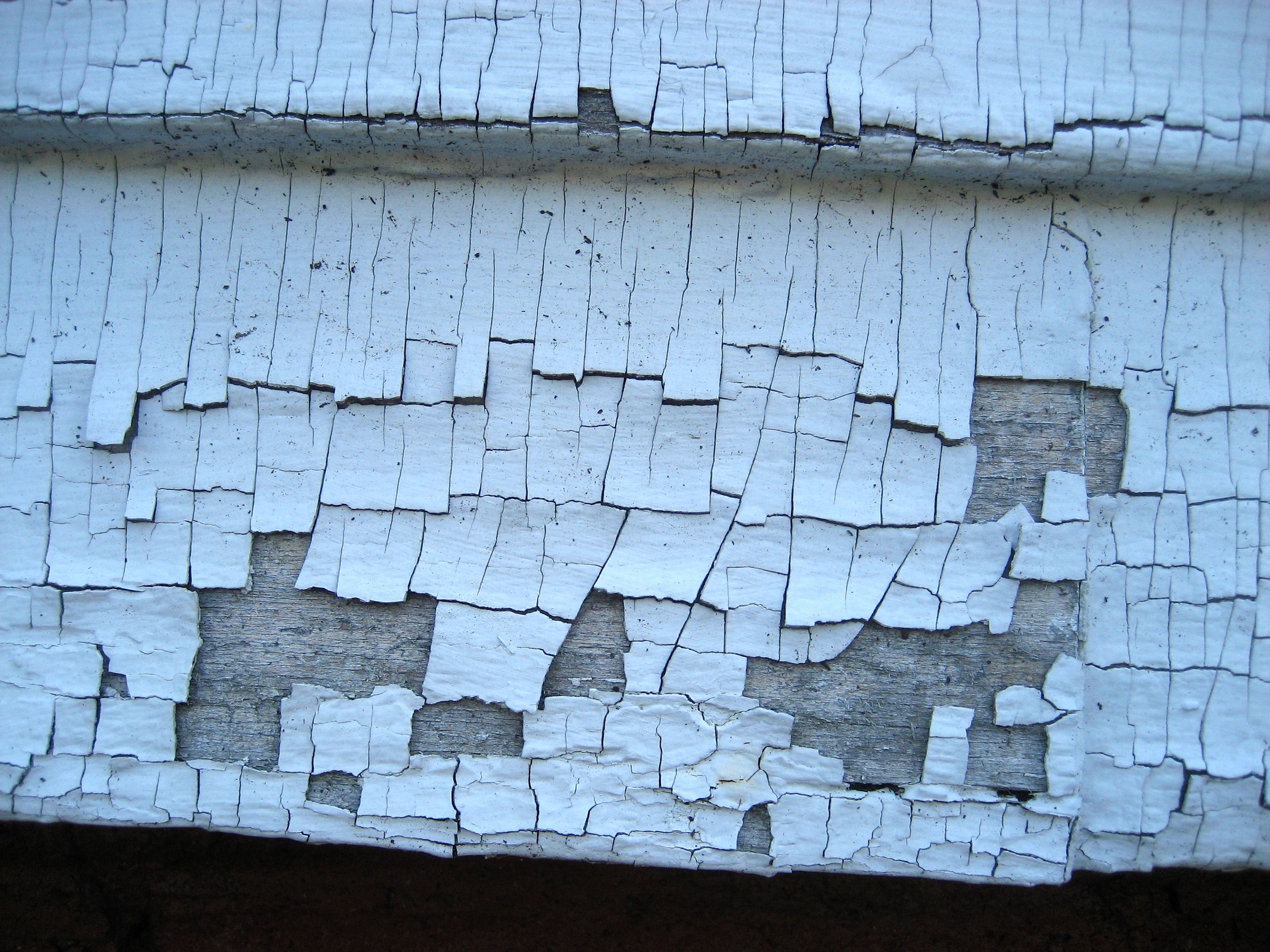
Signs Your Home Needs New Paint
Achieving a paint job of lasting quality that protects your home involves much more than just applying a coat of paint. The proper preparation of your home prior to repainting is vital in ensuring a good and lasting result – especially in New England!
It is essential to hire a professional who has the experience to discern how the climate can affect your home and the ways in which paint can fail - either due to age, the weather or improper application. Here are some of the most common ways in which paint can fail.
Peeling and Loss of Adhesion - ugh!
Perhaps the number one cause of paint failure is loss of adhesion. There are several reasons why this can happen such as the build-up of several layers of paint over time, but lack of proper surface preparation is one of the major causes. If the prime coat or finish coat is applied over a surface that is oily, dirty, greasy or dusty (chalky) this will result in loss of
adhesion. Additionally, failure to sand glossy surfaces on interiors or exterior protected areas may cause loss of adhesion, resulting in peeling or flaking paint. If your home has paint that is peeling then it can be removed by various means such as scraping and sanding, using a heat gun, or various chemical strippers, then prime with a high-quality primer.
Bubbles and Blisters, oh my
This common issue is caused by moisture or vapor trapped beneath a non-permeable paint film. There can be several sources for this moisture or vapor; solvent vapors trapped under the paint film, precipitation and high humidity. Another common cause is painting when the building is in direct - and too hot - sunlight. This causes the paint to set too quickly, trapping the solvent vapors. Dark colors are usually the worst for this.
A good solution to the problem of blistering is to use a low sheen permeable, or 'breathable' paint, such as 100% acrylic house paint, which will allow moisture vapor to pass through the paint film, reducing blistering.
Cracking and ‘Alligatoring’
Crazing is that pattern of fine cracks and lines that can appear on a paint surface. This can be due to the buildup of paint layers over time, just aging of the paint or, because of poor preparation. ‘Alligatoring’ is so called because it resembles the hide of an alligator and this sign of paint failure is often caused because the finish coat was applied before the undercoat or primer was completely dry - causing the cracking of the finish coat. Although perhaps a desirable effect if you wish to 'antique' a piece of furniture, it is not when trying to protect your home from the elements!
Crazing and Alligatoring is a definite sign that major elbow work is required - scraping, sanding, filling and priming. And, to prevent future issues from arising, the correct choice of prime coat is vital, and that it be allowed to dry sufficiently before the application of a topcoat.
Rust Spots
One of the main causes of rust bleed through in the historic building of New England are old and deteriorating nail heads. This is the cause of the rust spots that are so common on old houses. Using uncoated steel nails where excessive moisture exists under the paint causes this problem. It is best to remove the rusted nail heads and replace them with hot-dipped galvanized nails or stainless-steel fasteners. However, this is often not practical, and in such cases the nail heads should be lightly sanded with sandpaper and coated with a rust converter. Also, all the surrounding siding that contains rust stains should be treated with a shellac- based sealer to prevent future bleed through.
Mold and Mildew
A common sight in damp New England, mildew is a fungal growth that results in the formation of brown, black or gray spots or blotches on the surface of paint. Walls with a northern exposure, shaded by trees and the underside of eaves are common areas for mildew growth because the areas are often damp and receive little or no direct sunlight. Mildew should always be tackled before repainting or refinishing your home by applying a either a mildewcide or a solution trisodium phosphate and water. (If mildew is heavy, some household bleach such as Clorox can be added to the solution). After leaving the solution on the building for several minutes it can be rinsed off, allowed to dry, then primed with a mildew resistant primer. Other common causes for mildew growth are when you use lower quality paint with an insufficient amount of mildewcide, painting over a previous coat of paint in which mildew is already present or failing to prime bare wood before painting.
Chalking
Chalking refers to that white powdery look that can happen to old paint surfaces. It is caused by the chemical breakdown of the ingredients in paint and is actually the pigment of the paint being released from its 'binder'. Once again, in the North East the harsh environmental elements speed the break down the pigments, binders and solvent in the paint. It can also be caused by caused by poor priming, or by using overly thinned paint. Chalking can usually be removed by washing the surface with a cleaning solution such as trisodium phosphate (TSP). Unfortunately, TSP can dull the finish and a fresh coat of paint is often needed once the chalking is removed. If your exterior is experiencing a heavy case of chalking, a “surface bonder” in conjunction with a primer may be required to enhance finish coat adhesion.






